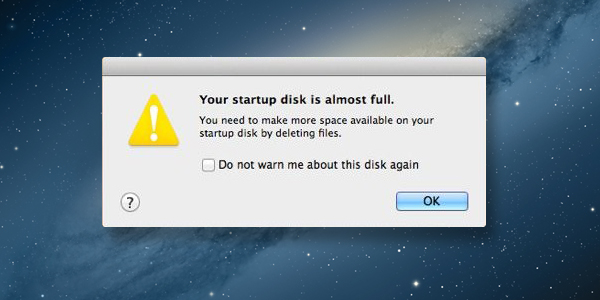Nektony How to stop applications from opening on Mac startup This article is based on our expertise of macOS, its file system, the work of third-party apps and startup programs. We’ve been working 10+ years in developing our own disk utilities for making a Mac work smoothly. Restart your Mac. When it’s booting up (right after the chime sound), press and hold Option key until you see a screen with an option to select the startup disk. Select Install macOS Big Sur and click continue. Let the installer load.
- How To Create A Startup Disk For Mac Catalina
- How To Make A Startup Disk For Mac Os
- Make A Startup Disk For Mac
These key combinations apply only to Mac computers with an Intel processor, not Mac computers with Apple silicon.
To use any of these key combinations, press and hold the keys immediately after pressing the power button to turn on your Mac, or after your Mac begins to restart. Keep holding until the described behavior occurs.
- Command (⌘)-R: Start up from the built-in macOS Recovery system. Or use Option-Command-R or Shift-Option-Command-R to start up from macOS Recovery over the Internet. macOS Recovery installs different versions of macOS, depending on the key combination you use while starting up. If your Mac is using a firmware password, you're prompted to enter the password.
- Option (⌥) or Alt: Start up to Startup Manager, which allows you to choose other available startup disks or volumes. If your Mac is using a firmware password, you're prompted to enter the password.
- Option-Command-P-R:Reset NVRAM or PRAM. If your Mac is using a firmware password, it ignores this key combination or starts up from macOS Recovery.
- Shift (⇧): Start up in safe mode. Disabled when using a firmware password.
- D: Start up to the Apple Diagnostics utility. Or use Option-Dto start up to this utility over the Internet. Disabled when using a firmware password.
- N: Start up from a NetBoot server, if your Mac supports network startup volumes. To use the default boot image on the server, hold down Option-N instead. Disabled when using a firmware password.
- Command-S: Start up in single-user mode. Disabled in macOS Mojave or later, or when using a firmware password.
- T: Start up in target disk mode. Disabled when using a firmware password.
- Command-V: Start up in verbose mode. Disabled when using a firmware password.
- Eject (⏏) or F12 or mouse button or trackpad button: Eject removable media, such as an optical disc. Disabled when using a firmware password.
- Wait until the startup progress bar appears and release the keys. (If you see a globe, skip down to the end of the article.) When Recovery starts up, select Disk Utility and click Continue.
- When your startup disk is almost full, the entire machine will run slowly. It is a best practice that we keep the free disk space at 20% level (minimum). If you can lighten the Mac drive and delete those unnecessary files, for example, system junk, duplicate files, unused third-party apps, etc., that will help optimize your Mac startup.
- You can make your Mac start up from a CD or DVD, a network volume, a different disk, or another operating system. To do so, you change your startup disk. Important: If you have a Mac with an Apple T2 chip, added security features may need to be set in order to change the startup disk.
If a key combination doesn't work
How To Create A Startup Disk For Mac Catalina
If a key combination doesn't work at startup, one of these solutions might help:

- Press and hold all keys in the combination together, not one at a time.
- Shut down your Mac. Then press the power button to turn on your Mac. Then press and hold the keys as your Mac starts up.
- Wait a few seconds before pressing the keys, to give your Mac more time to recognize the keyboard as it starts up. Some keyboards have a light that flashes briefly at startup, indicating that the keyboard is recognized and ready for use.
- If you're using a wireless keyboard, plug it into your Mac, if possible. Or use your built-in keyboard or a wired keyboard. If you're using a keyboard made for a PC, such as a keyboard with a Windows logo, try a keyboard made for Mac.
- If you're using Boot Camp to start up from Microsoft Windows, set Startup Disk preferences to start up from macOS instead. Then shut down or restart and try again.
Remember that some key combinations are disabled when your Mac is using a firmware password.
How To Make A Startup Disk For Mac Os
Learn more
Make A Startup Disk For Mac
- Keyboard shortcuts that you can use after your Mac has started up.
